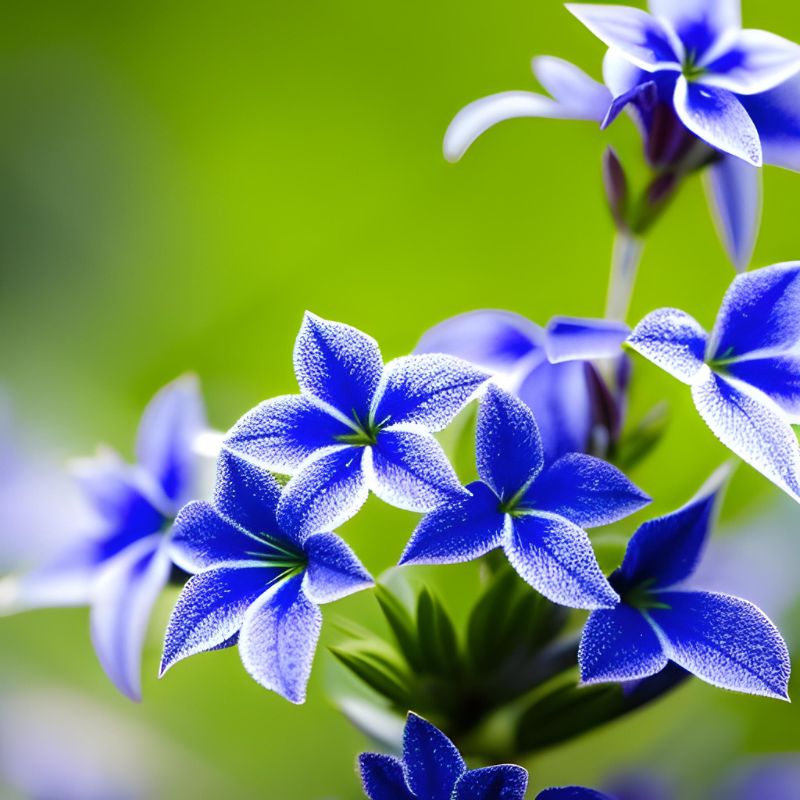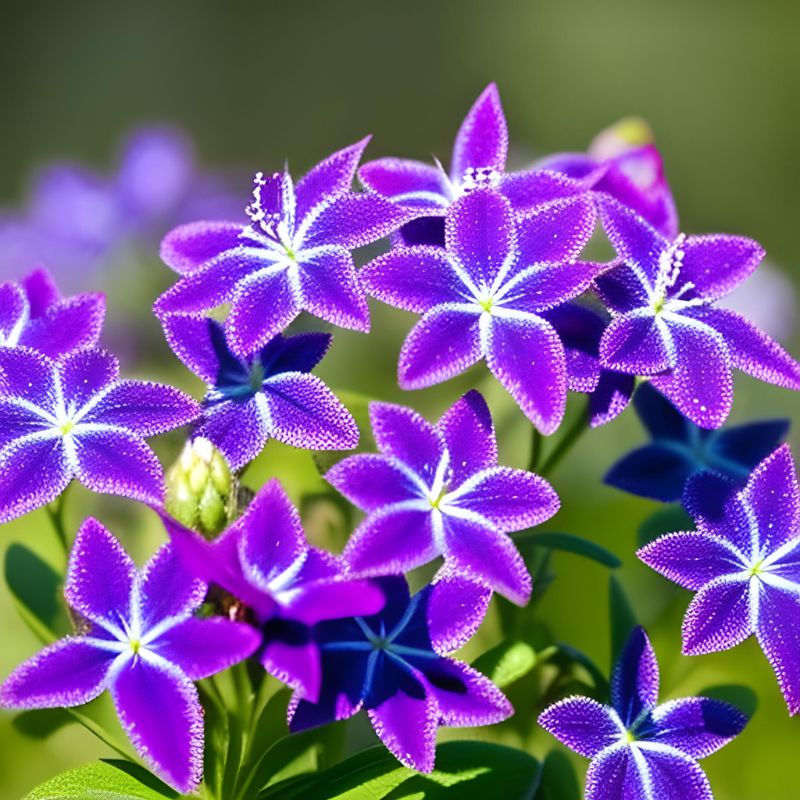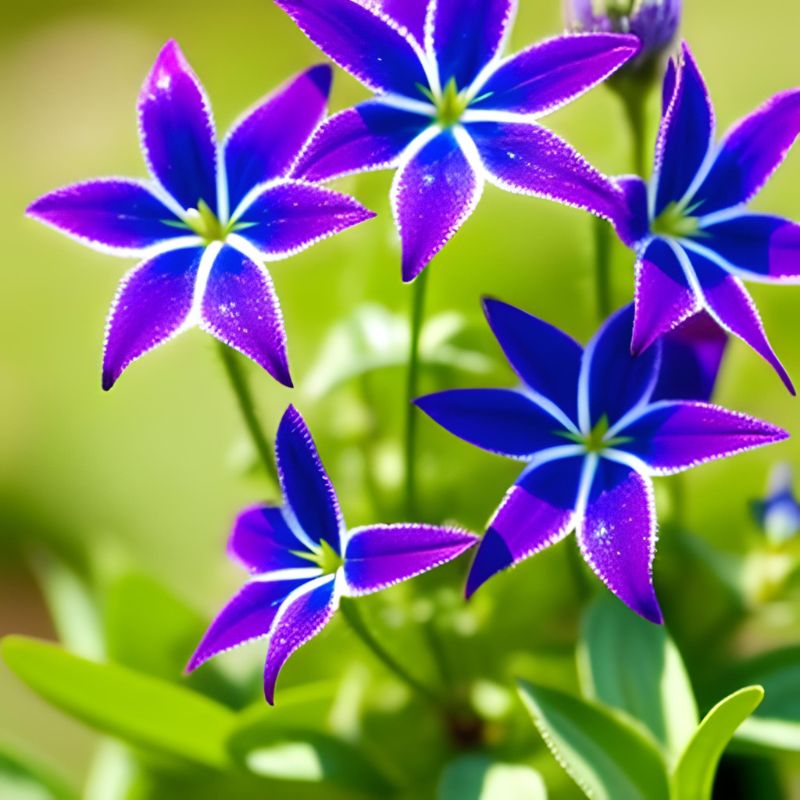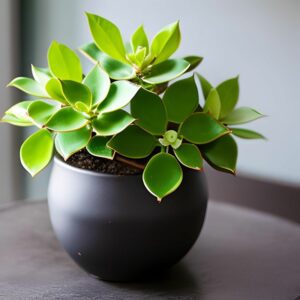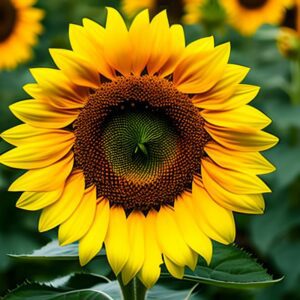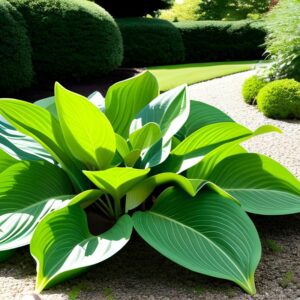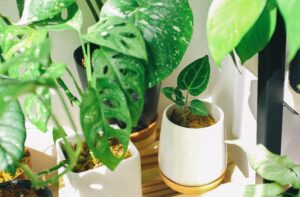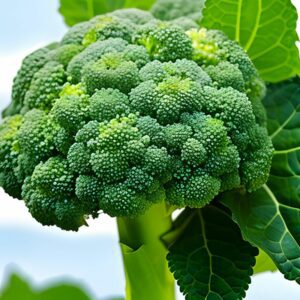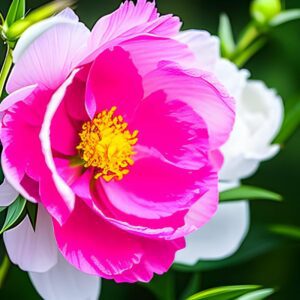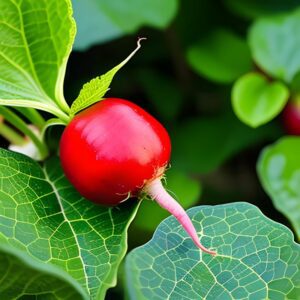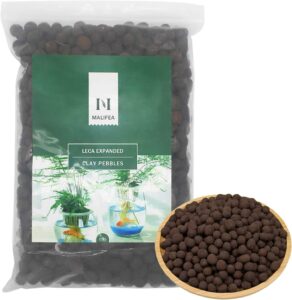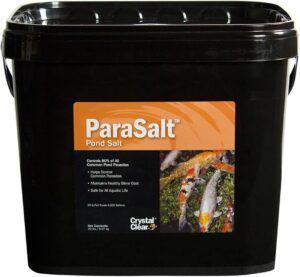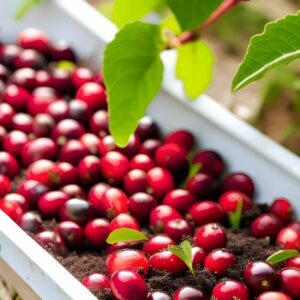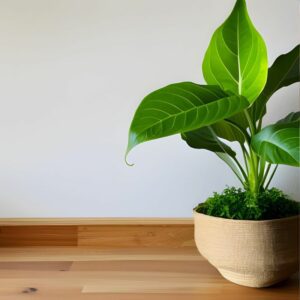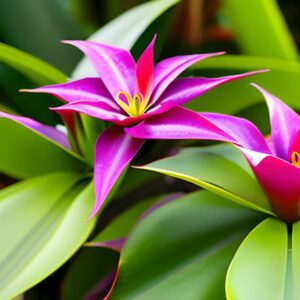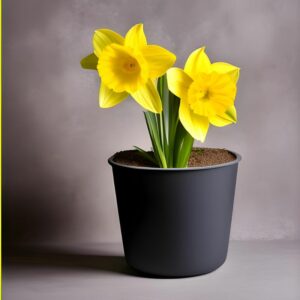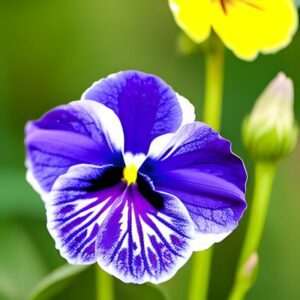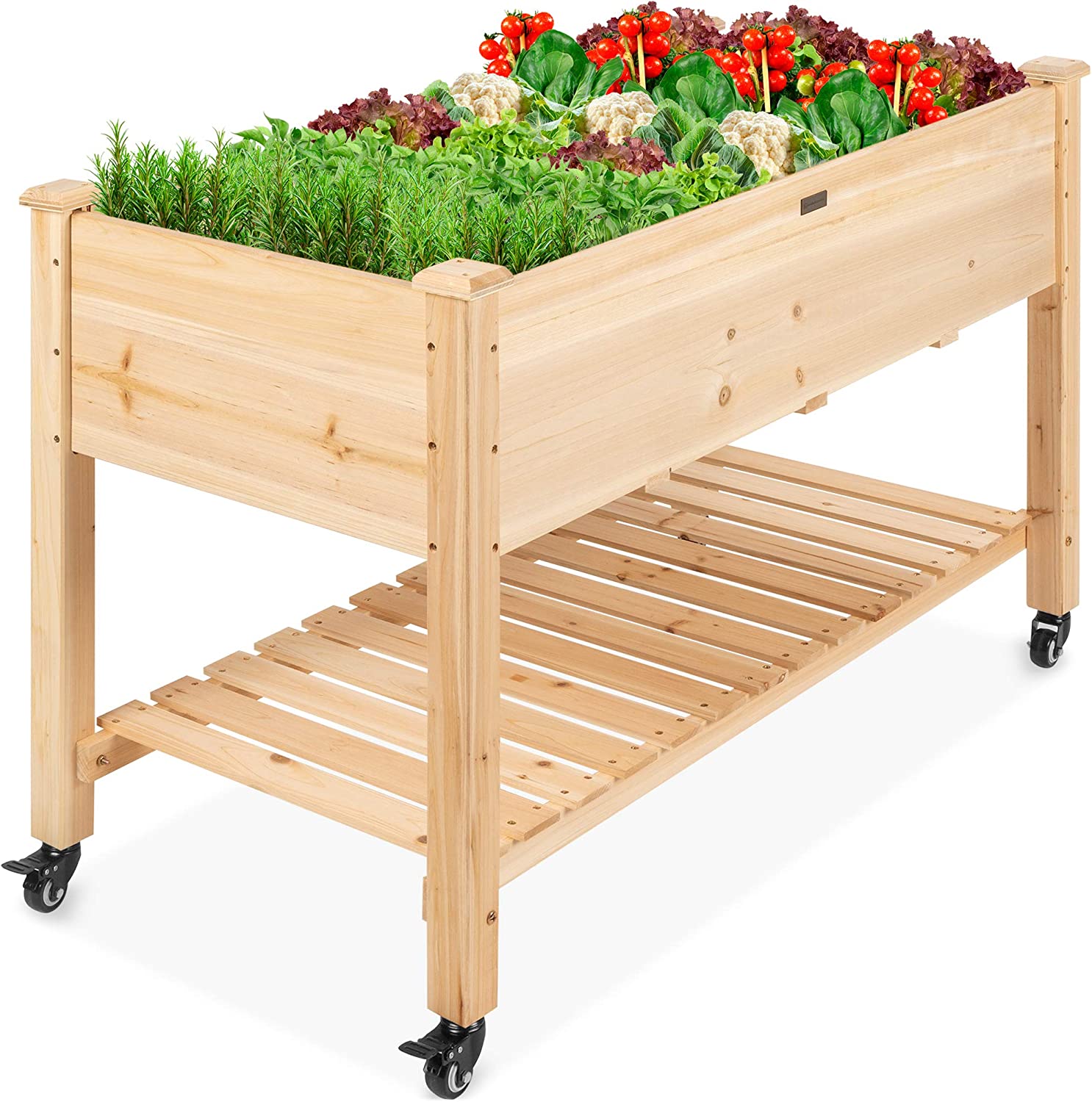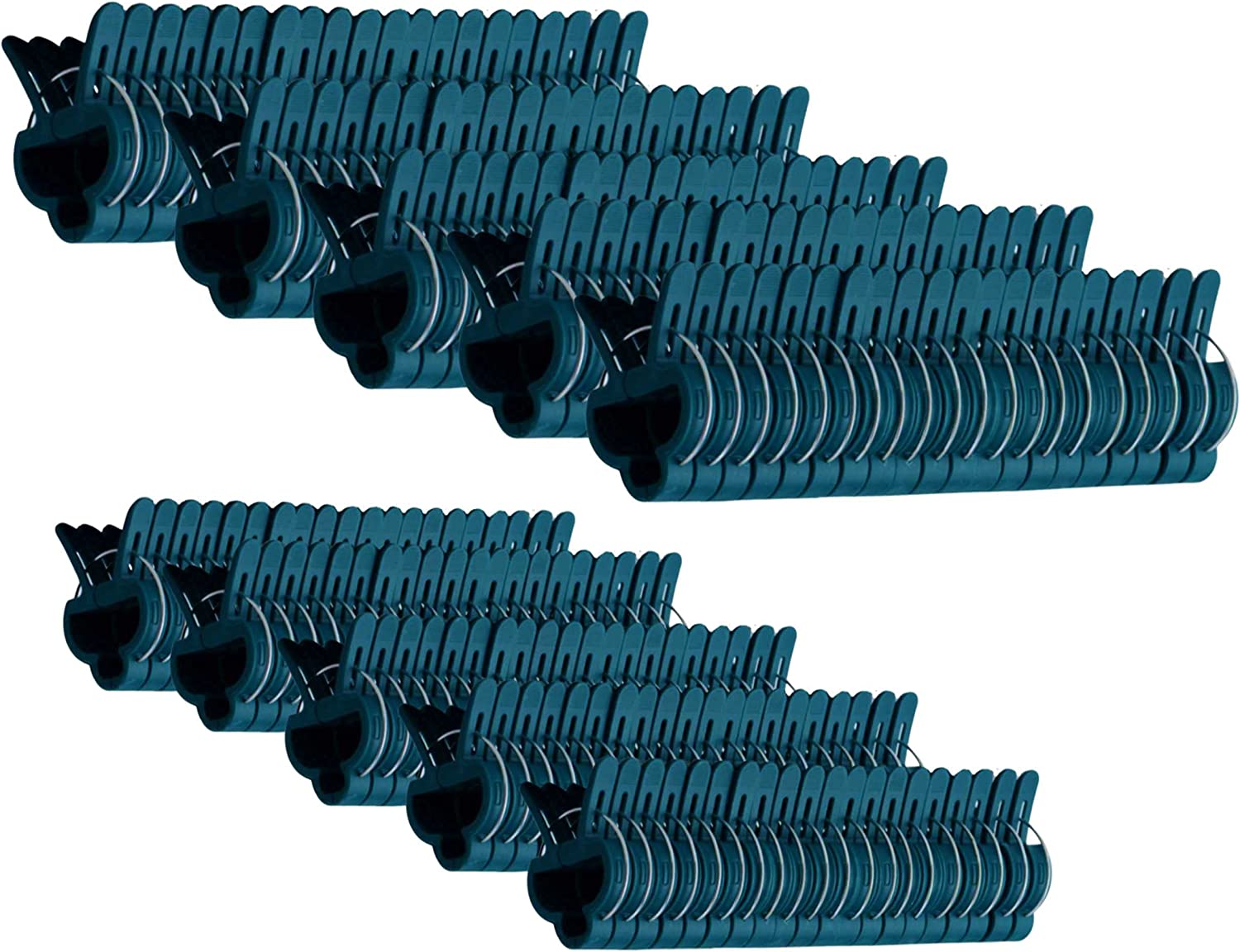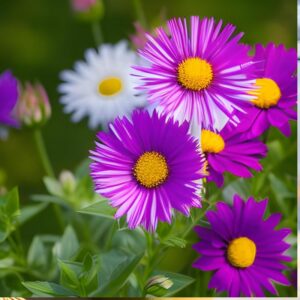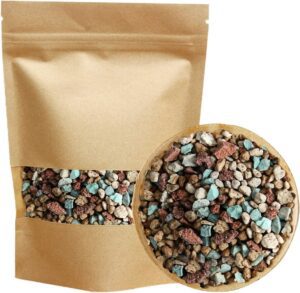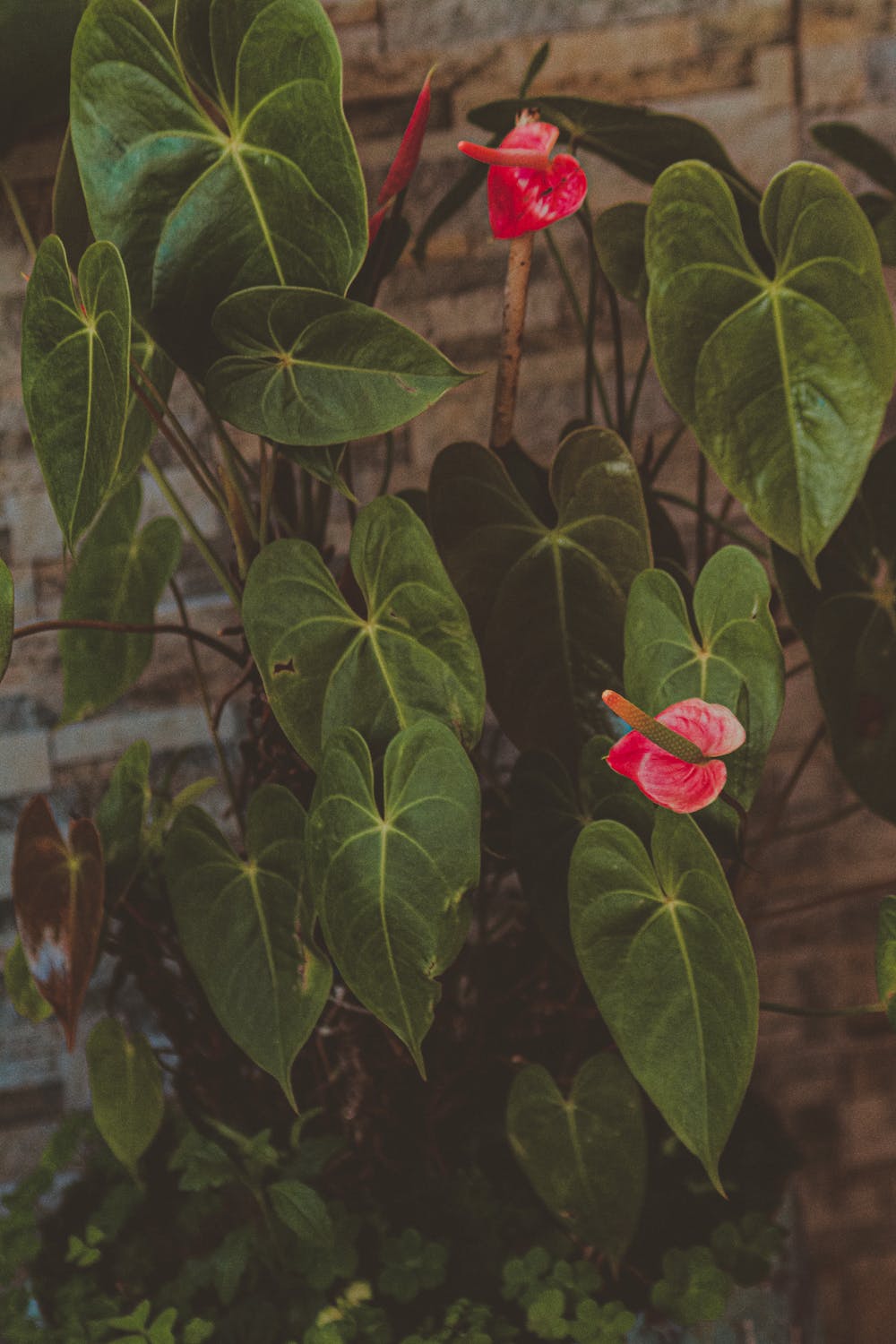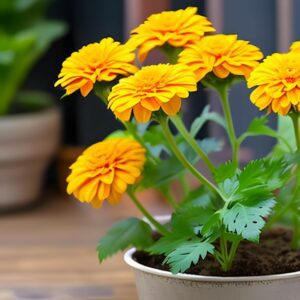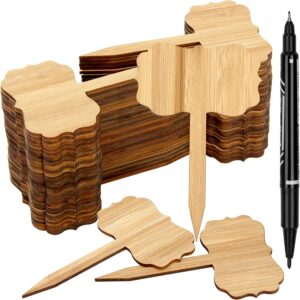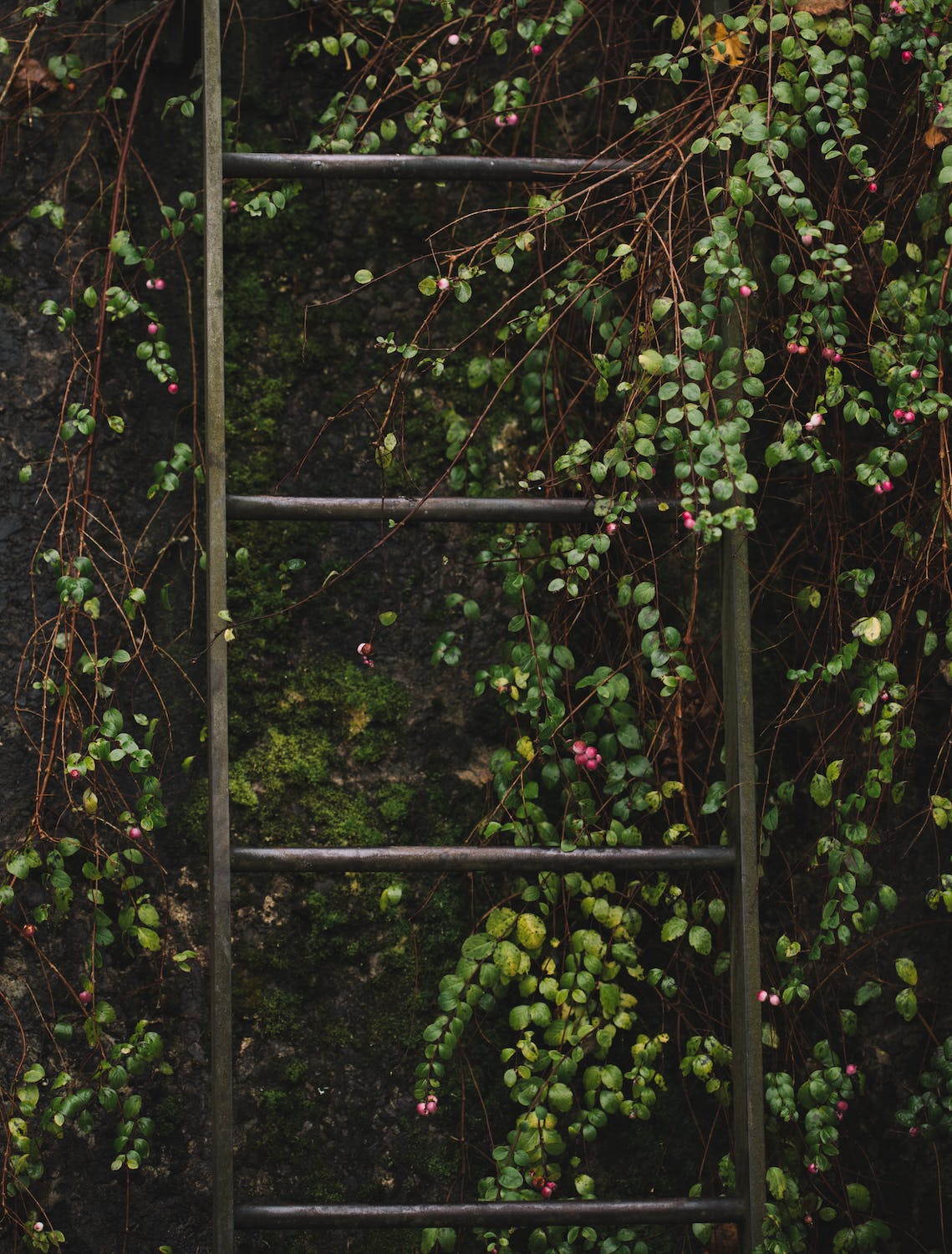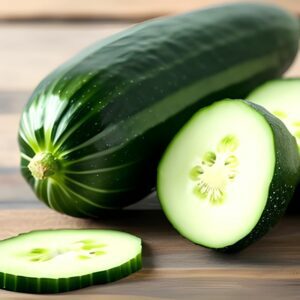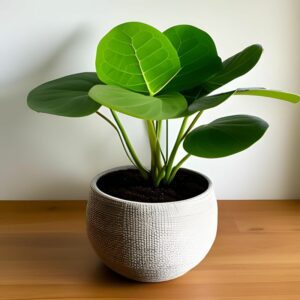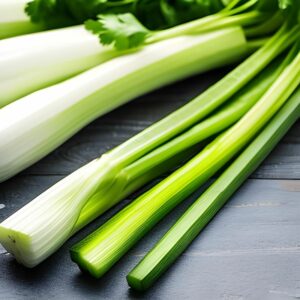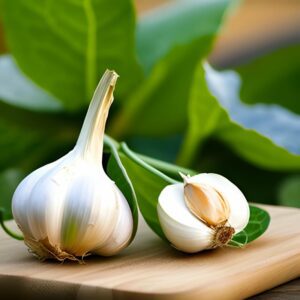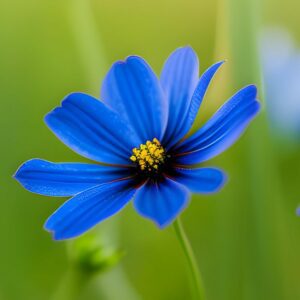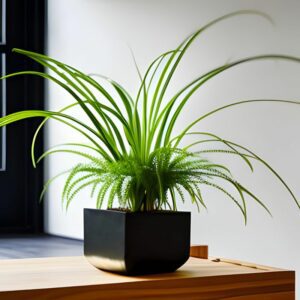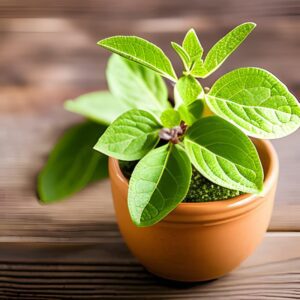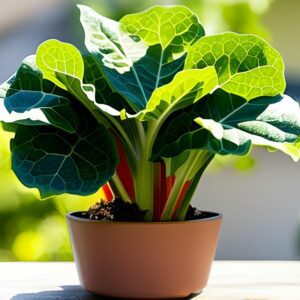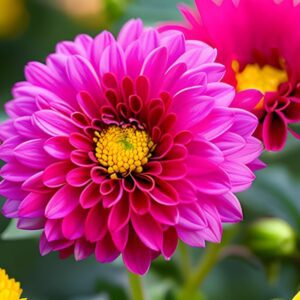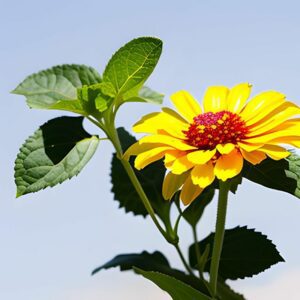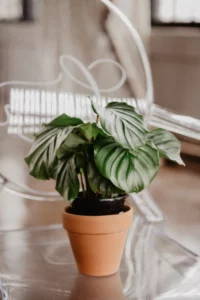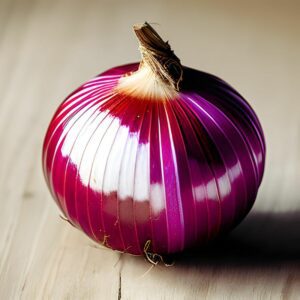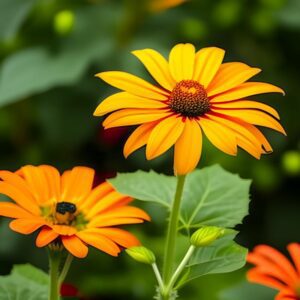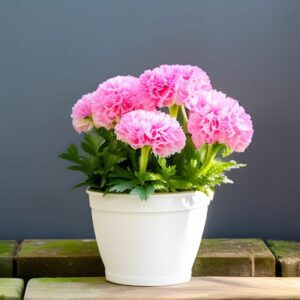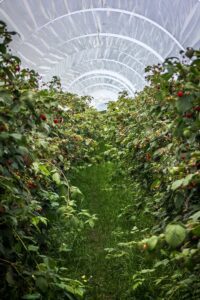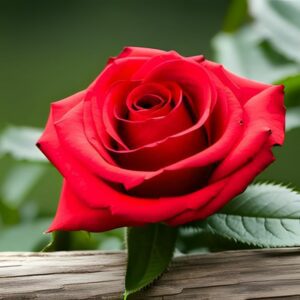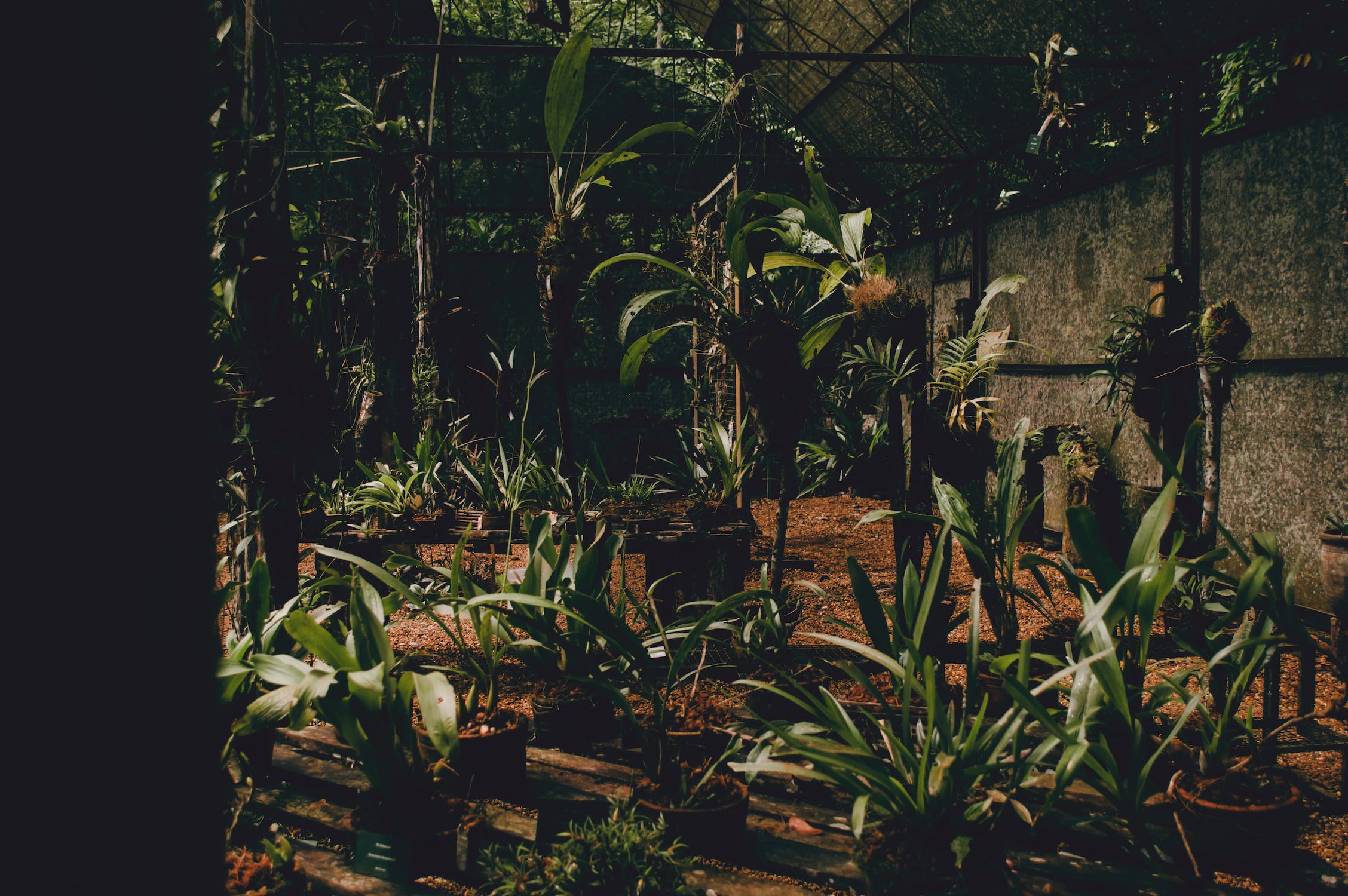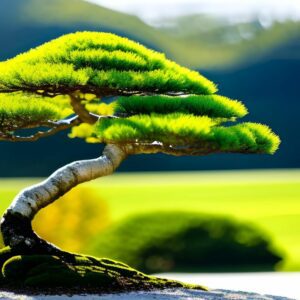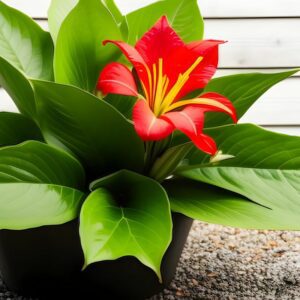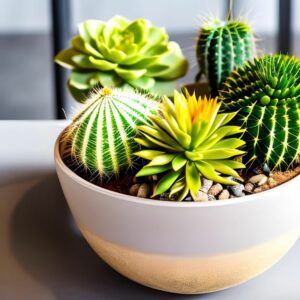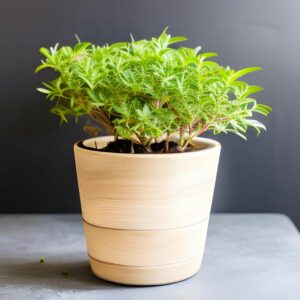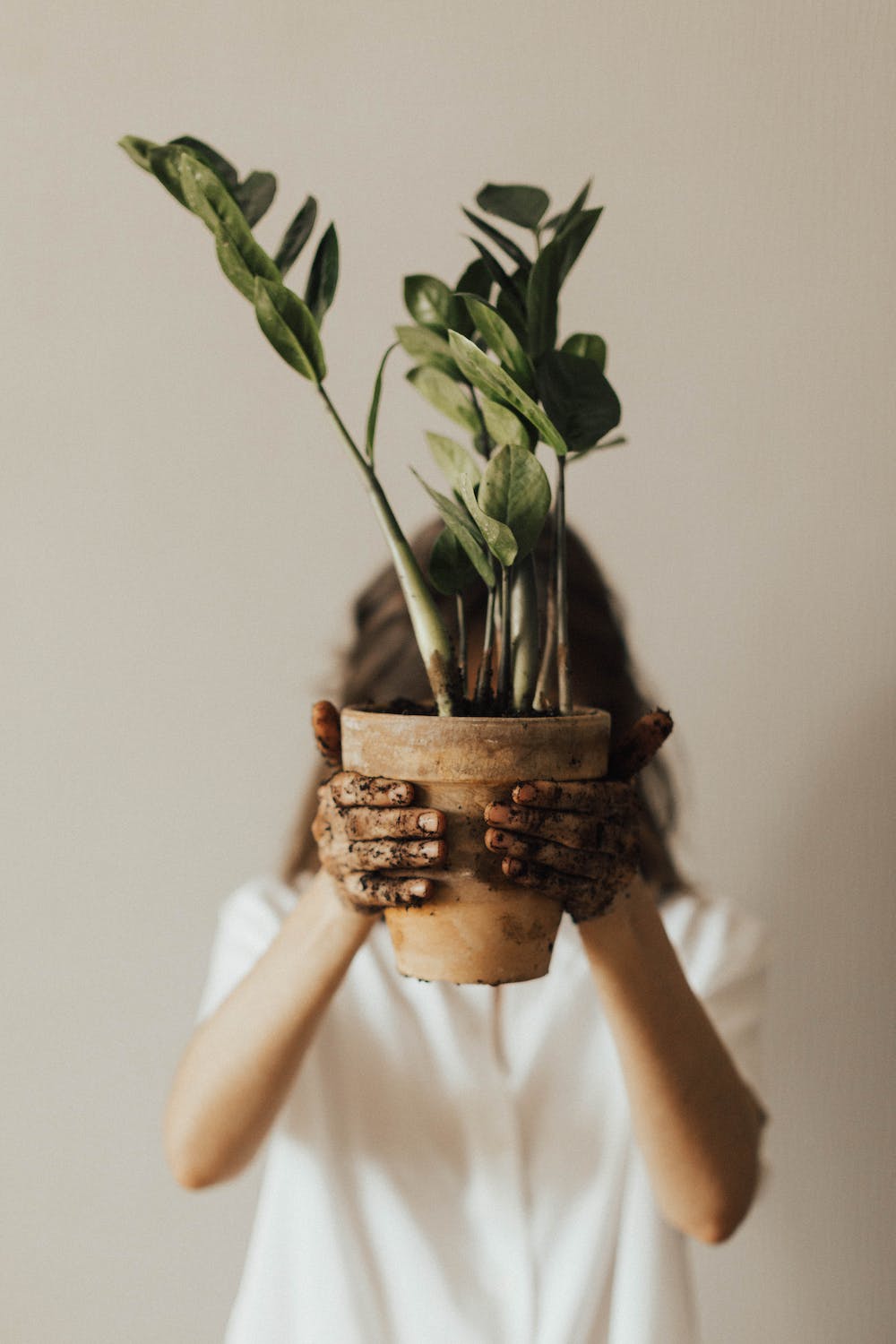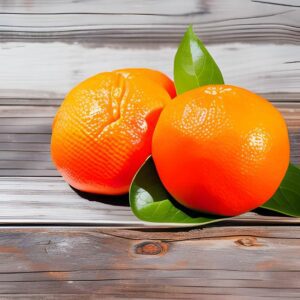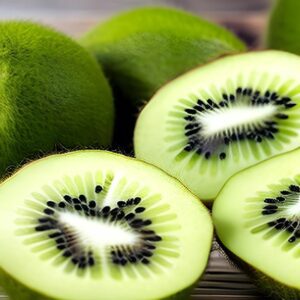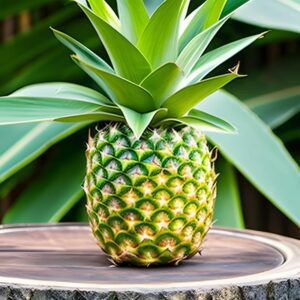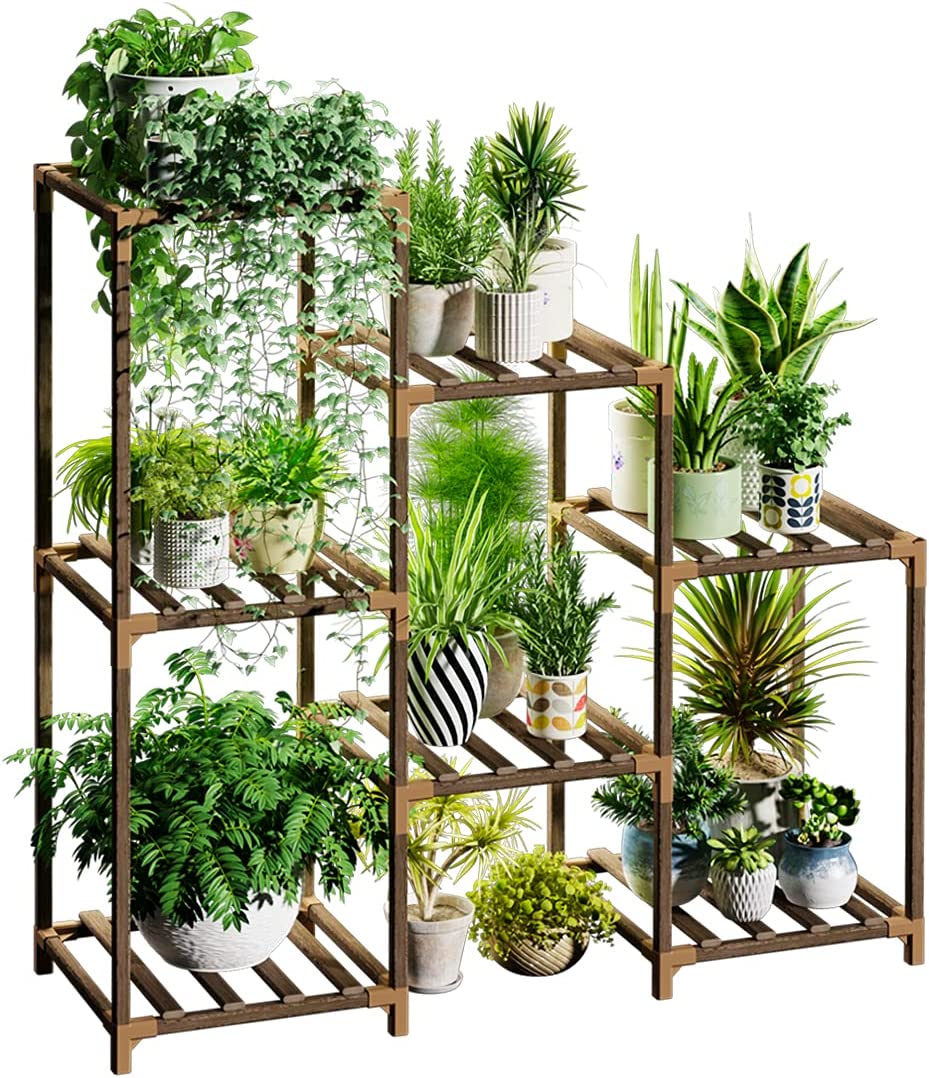Lobelia
Flower
- Worldwide
- Easy
- 10-12 weeks
Introduction
Lobelia is a versatile flowering plant that comes in various shades of blue. It is native to different regions around the world and is highly valued for its vibrant color and attractive appearance. Lobelia is a popular choice for adding a splash of blue to garden beds, borders, hanging baskets, and containers.
Plant Characteristics
Lobelia plants are compact and bushy, growing up to 6-12 inches tall. They produce an abundance of small, delicate flowers with five petals that form dense clusters. The flowers are typically blue, but some varieties offer shades of purple or white. The foliage is often green, but there are also cultivars with bronze or variegated leaves.
Ideal Growing Conditions
Lobelia thrives in partial shade to full sun, depending on the climate. It prefers moist, well-draining soil rich in organic matter. Adequate moisture is crucial for Lobelia’s growth, so regular watering is necessary, especially during hot and dry periods. Provide protection from strong winds to prevent damage to the delicate flowers.
Planting Guide
Start Lobelia seeds indoors about 10-12 weeks before the last frost date or sow them directly in the garden after the danger of frost has passed. Cover the seeds lightly with soil and keep them moist until germination, which usually takes 7-14 days. Space the plants 6-8 inches apart to allow for proper growth.
Watering and Fertilizing
Keep the soil consistently moist but not waterlogged. Water Lobelia plants regularly, especially during dry spells. Avoid overhead watering to prevent foliar diseases. Apply a balanced, water-soluble fertilizer every 2-4 weeks to promote healthy growth and continuous blooming.
Pruning and Maintenance
Lobelia generally does not require extensive pruning. However, you can pinch back the plants when they reach about 4-6 inches in height to encourage bushier growth. Remove spent flowers to prolong blooming and maintain a neat appearance.
Harvesting or Flowering
Lobelia plants bloom profusely during the summer and fall seasons, displaying their beautiful blue flowers. With proper care, the blooming period can last for several weeks, attracting butterflies and hummingbirds to the garden.
Post-Harvest Care
After the flowering season, Lobelia plants may decline. You can choose to collect seeds for future planting or allow the plant to self-seed. In regions with mild winters, Lobelia may overwinter and regrow the following year. In colder climates, it is often treated as an annual.
Troubleshooting
Lobelia can be susceptible to certain pests and diseases, including aphids, slugs, and powdery mildew. Monitor the plants regularly and take appropriate measures to control pests and prevent diseases. Ensure proper air circulation and avoid overwatering to minimize the risk of fungal infections.
Fun Facts
Lobelia is named after the Flemish botanist Matthias de Lobel, who made significant contributions to botany in the 16th century. In addition to its ornamental value, some Lobelia species have medicinal properties and have been used in traditional herbal remedies.
